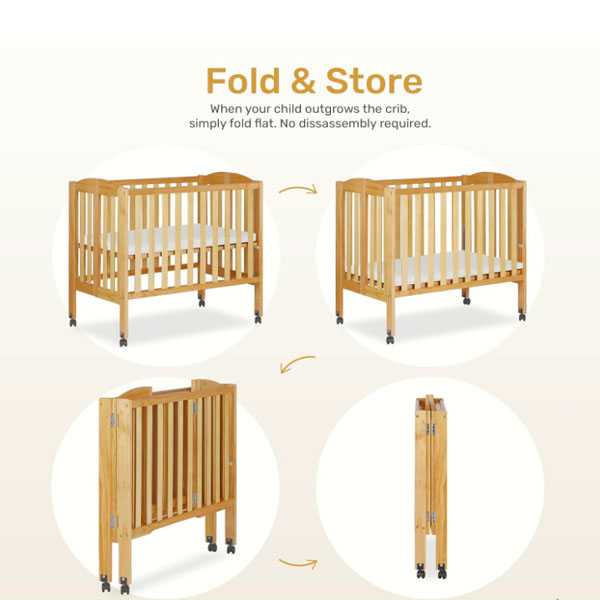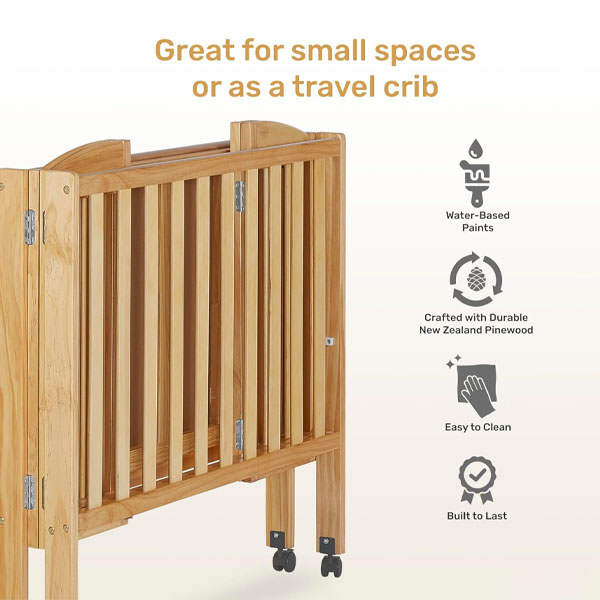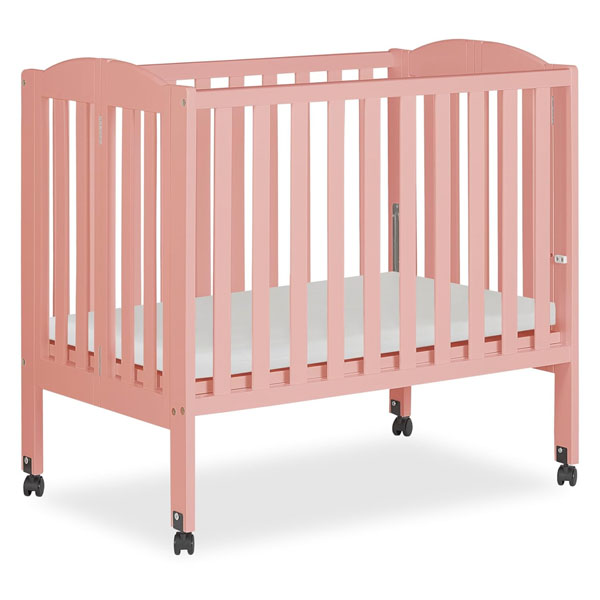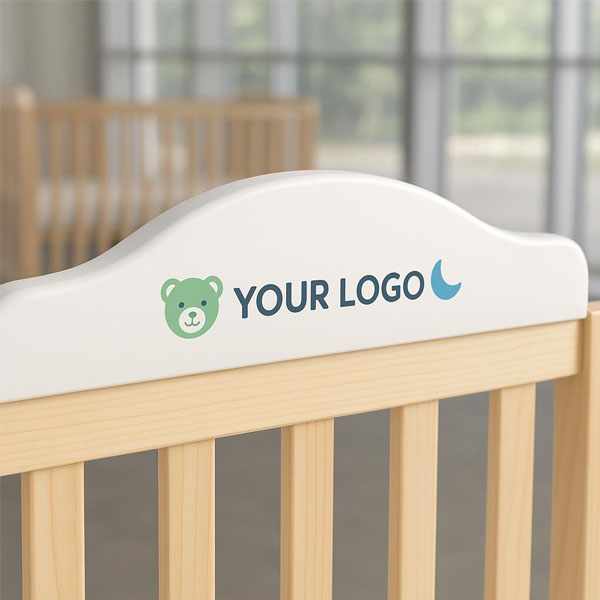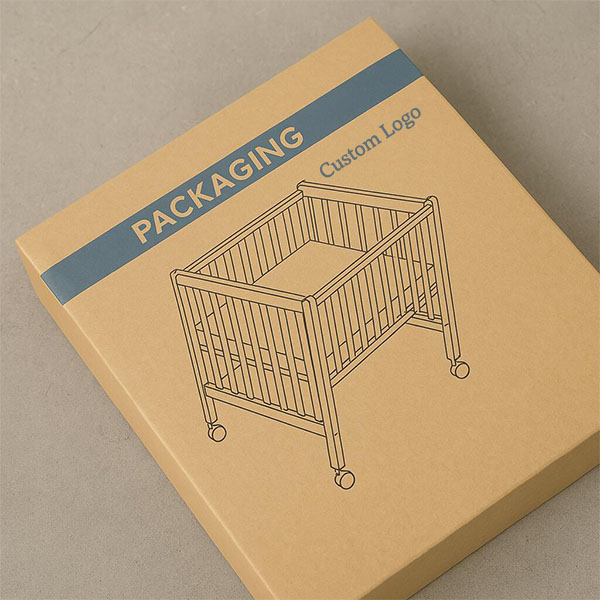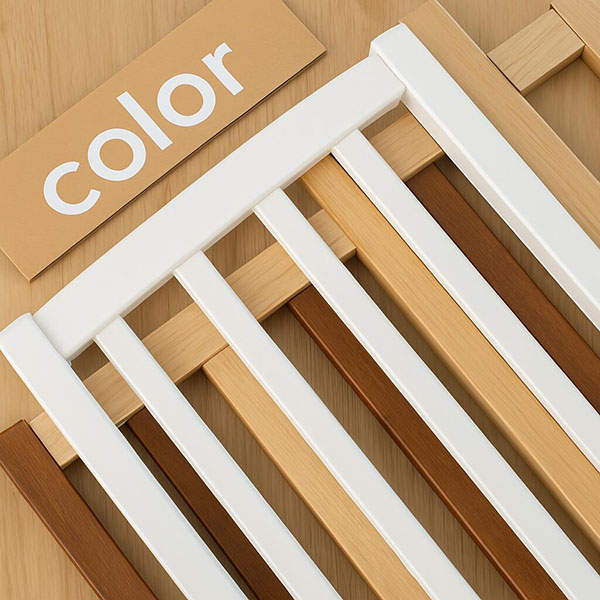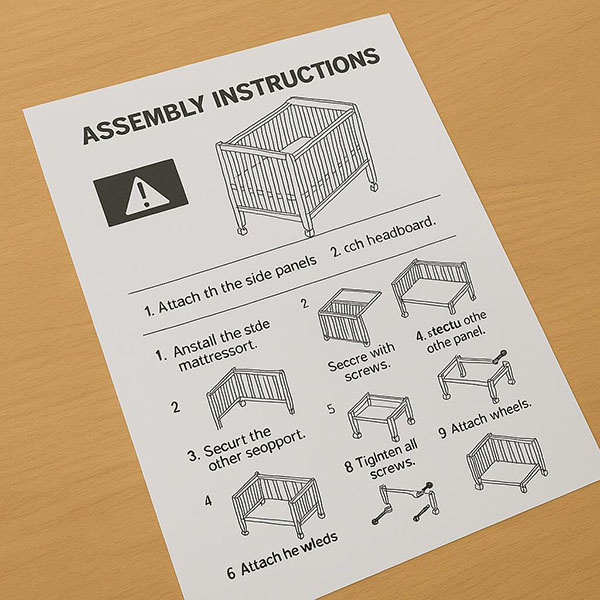What Is a Mini Crib? A Complete Guide
Running low on space but still need a safe place for your baby to sleep? You might be wondering if a mini crib is the answer.
A mini crib is a smaller version of a standard crib, designed for compact spaces and newborn sleep. It’s ideal for apartments, travel, or room-sharing families.
%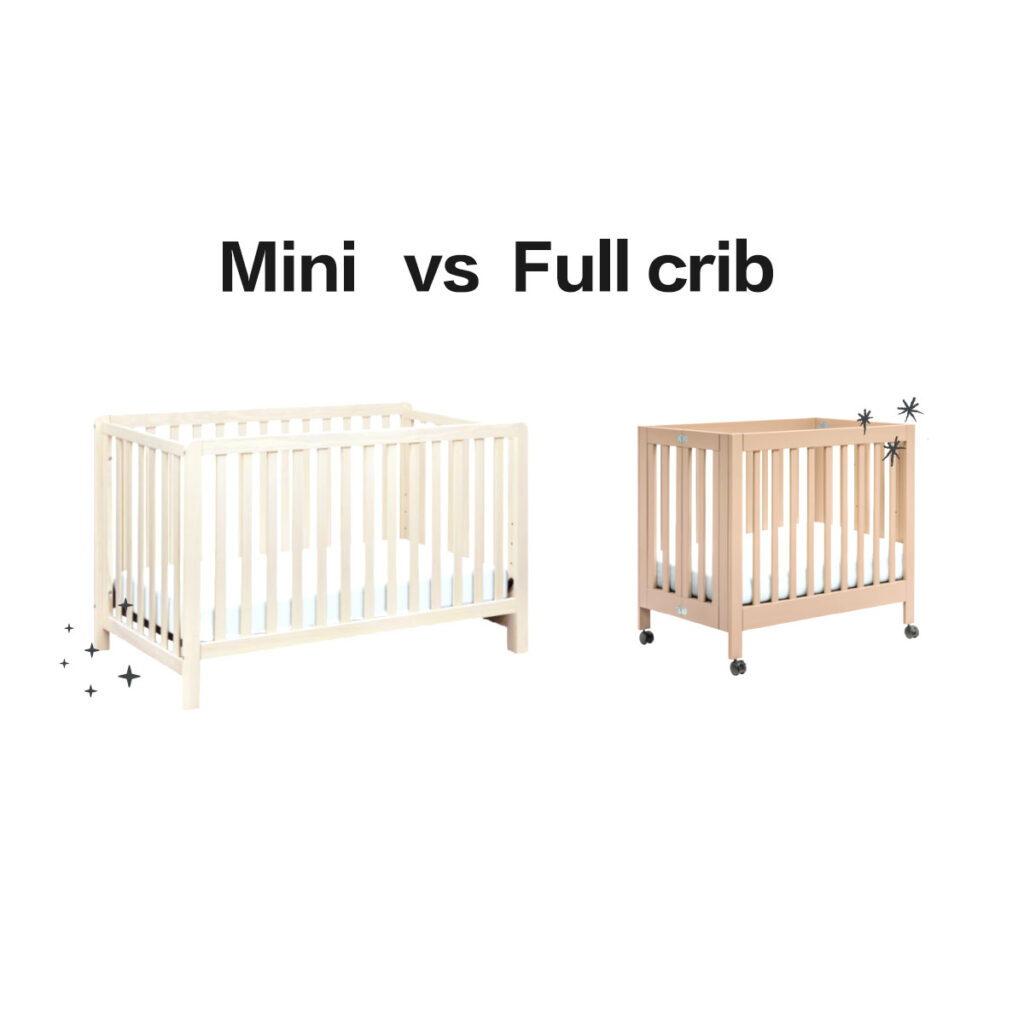
Mini cribs are gaining popularity, but many parents still aren’t sure what they really offer. This guide breaks it all down—what they are, how they compare to other options, and whether they’re right for your home.
What exactly is a mini crib?
Think of it as a crib—but trimmed down in size.
A mini crib is a space-saving infant bed that’s smaller than a full-size crib, typically measuring 24–28 inches wide and 36–40 inches long.

Key features and dimensions
Most mini cribs look just like regular cribs but are scaled down for smaller spaces. Unlike bassinets, they have slatted sides, a firm mattress, and a more durable frame.
| Crib Type | Width x Length | Mattress Size | Age Range |
|---|---|---|---|
| Standard | 28" x 52" | Full-size crib mattress | Newborn to 3+ yrs |
| Mini | ~24" x 38" | Mini crib mattress | Newborn to 18–24 mo |
Mini cribs usually come with:
- Adjustable mattress height
- Locking wheels (on portable models)
- Foldable or convertible frames (in some models)
We used one in our master bedroom when sharing a room with our baby. It saved space and felt safer and sturdier than a bassinet.
How is a mini crib different from a bassinet or pack ‘n play?
Mini cribs last longer than bassinets and are sturdier than portable playards.
Mini cribs are more durable than bassinets and more compact than playards, offering a middle-ground sleep option for newborns and infants.
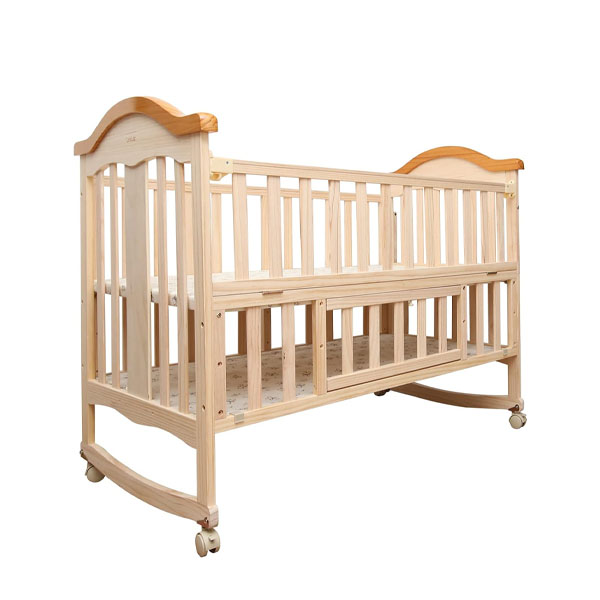
Mini crib vs. bassinet
Bassinets are designed for the first 3–4 months only, and often have soft sides or rocking bases. Mini cribs are firmer and safer for longer sleep.
| Feature | Mini Crib | Bassinet |
|---|---|---|
| Age Range | 0–18 months | 0–4 months |
| Durability | High | Low |
| Portability | Medium | High |
Mini crib vs. pack ‘n play
Pack ‘n plays are great for travel but aren’t as cozy for long-term use. Mini cribs offer a dedicated sleep space with better mattress support and cleaner lines.
We tried using a pack ‘n play early on but switched to a mini crib because it looked better in the room and had adjustable heights for my back.
What are the pros of using a mini crib?
Perfect for city living, small spaces, or minimal nursery setups.
Mini cribs save space, cost less than full cribs, and offer longer sleep use than bassinets—all without sacrificing safety.
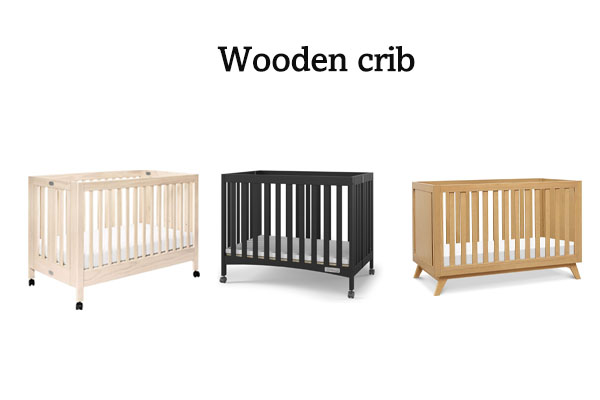
Space-saving and stylish
Mini cribs are a lifesaver in small apartments or shared rooms. They fit easily beside a parent’s bed and still offer a solid sleep environment. Some even fold flat for storage or travel.
I loved that I could fit the crib, a glider, and a dresser all in one corner of our one-bedroom apartment.
Extended use
Unlike bassinets that last a few months, mini cribs can be used up to 18–24 months, depending on your baby’s growth and the model.
Bonus: many mini cribs are convertible. You can turn them into toddler beds or even twin frames later.
| Pro | Description |
|---|---|
| Compact size | Great for small homes or apartments |
| Affordable | Often $100–$250 vs. $300+ for full crib |
| Convertible models | Some grow with your child |
| Sturdy and safe | Meet crib safety standards |
Are there any downsides to mini cribs?
They’re not for everyone, especially for long-term nursery plans.
Mini cribs are outgrown faster than full-size cribs and can be harder to accessorize due to non-standard mattress sizing.
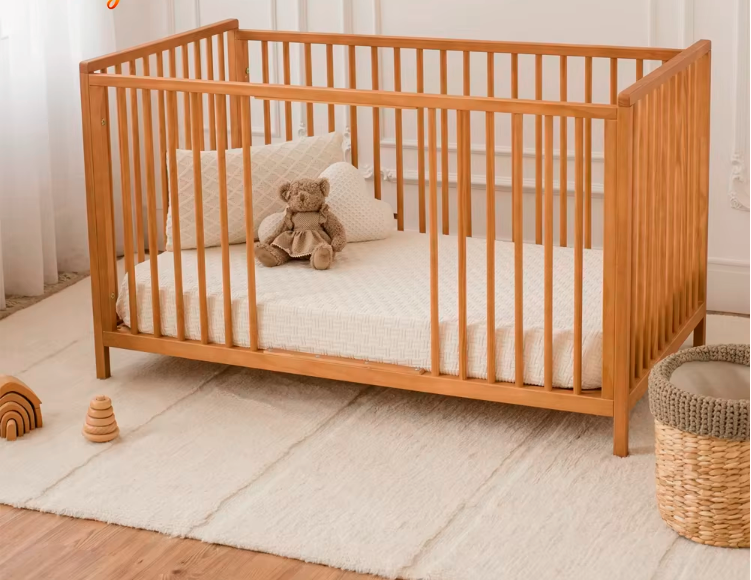
Shorter lifespan
While many last to 18 months, some babies outgrow them sooner—especially if they’re tall or active. If you don’t want to buy another bed in a year, you may prefer a convertible full-size crib.
We eventually transitioned our son around 15 months because he started bumping into the sides.
Accessory limitations
Finding mini crib sheets, mattress pads, or skirts can be more difficult. You may also have fewer choices when it comes to styles or colors.
| Limitation | Impact |
|---|---|
| Outgrown quickly | May need a toddler bed by age 2 |
| Fewer accessories | Must buy specific mini crib items |
| Not all models convert | Limited long-term use |
When should you choose a mini crib?
It’s the best crib alternative for families with limited space or short-term nursery needs.
Choose a mini crib if you live in a small space, plan to room-share, or want a compact, long-term bassinet alternative.
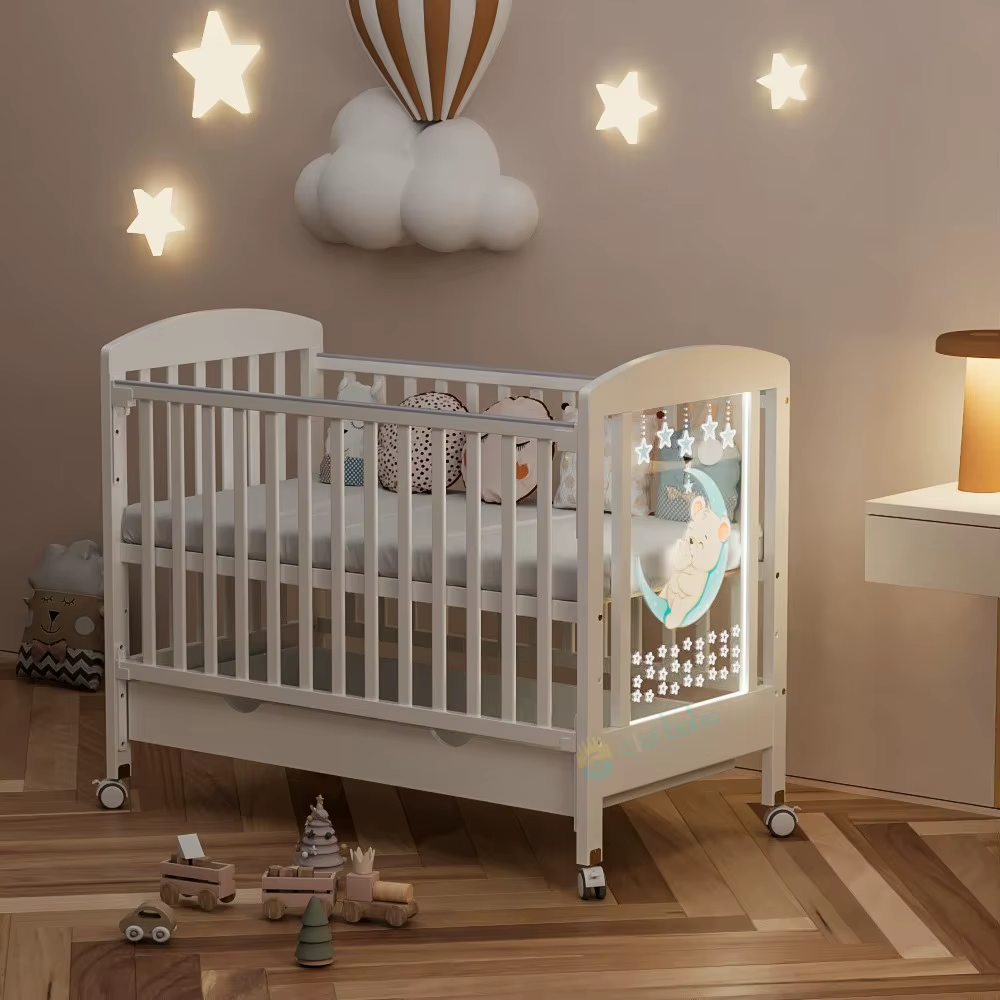
Ideal situations
Consider a mini crib if:
- You live in a studio or one-bedroom
- You’re sharing a room with baby
- You need a second crib for a grandparent’s home
- You want something sturdier than a bassinet—but not as bulky as a full crib
In our case, the mini crib helped us avoid buying a bassinet and a full-size crib early on. It became the primary sleep space until toddlerhood.
Who should skip it?
You might want to skip the mini crib if:
- You want one crib that lasts 3+ years
- You have room for a full-size crib
- You need a widely convertible or standard-sized bed frame
Conclusion
A mini crib is a smart, compact sleep solution that fits small spaces while keeping baby safe and supported for the first 1–2 years.




